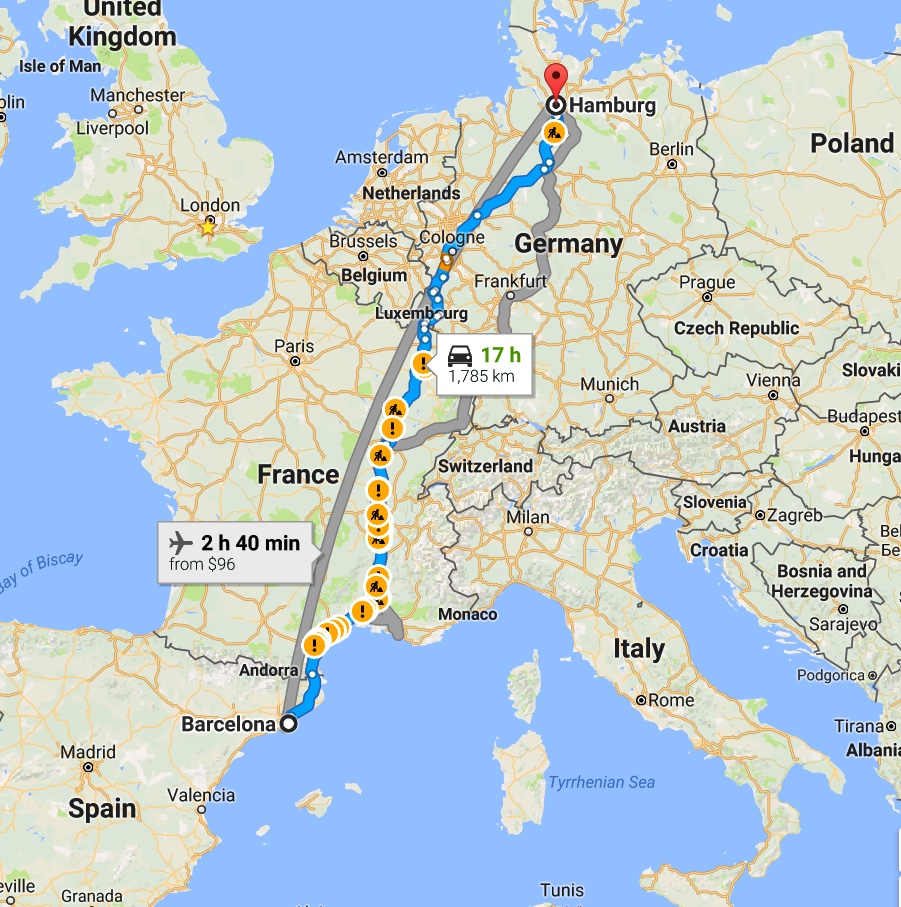Walking And Exploring Tossa Spain 9/13/2016 (Page Four)
The "walled city" was amazing but it is time to see the other sights before going back to Hamburg and home. Join the fun.

The wall would seem to be impervious to attack.
Did You Know? -The city still has the entire original perimeter with battlemented stone walls, four turrets and three cylindrical towers with parapets. At the highest point, where the lighthouse stands today, was, until the beginning of the 19th century, the castle of the Abbot of the Monastery Santa Maria de Ripoll.
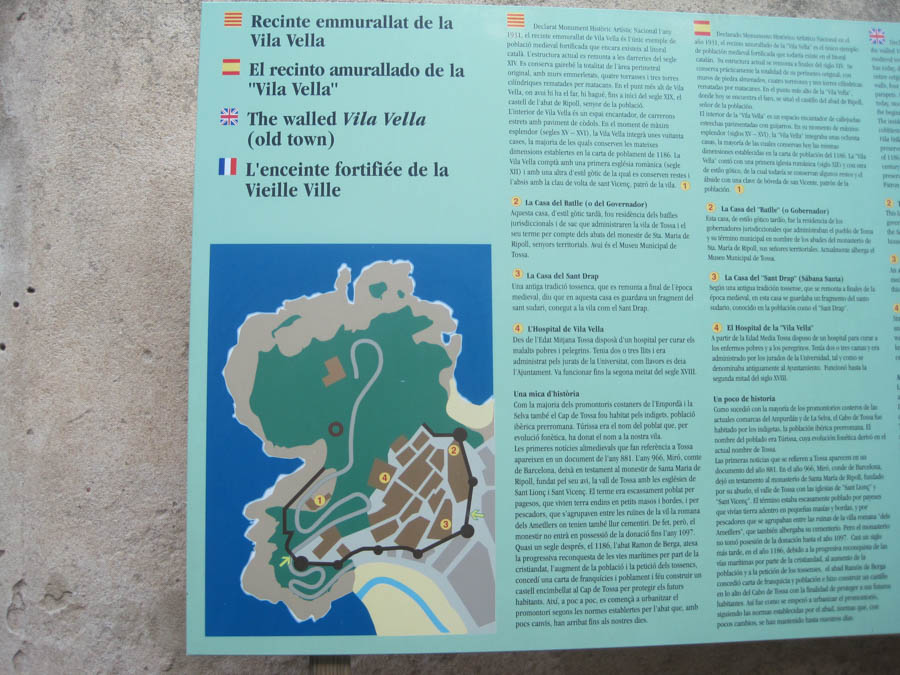
Where should we go now??

One last look at the parapets
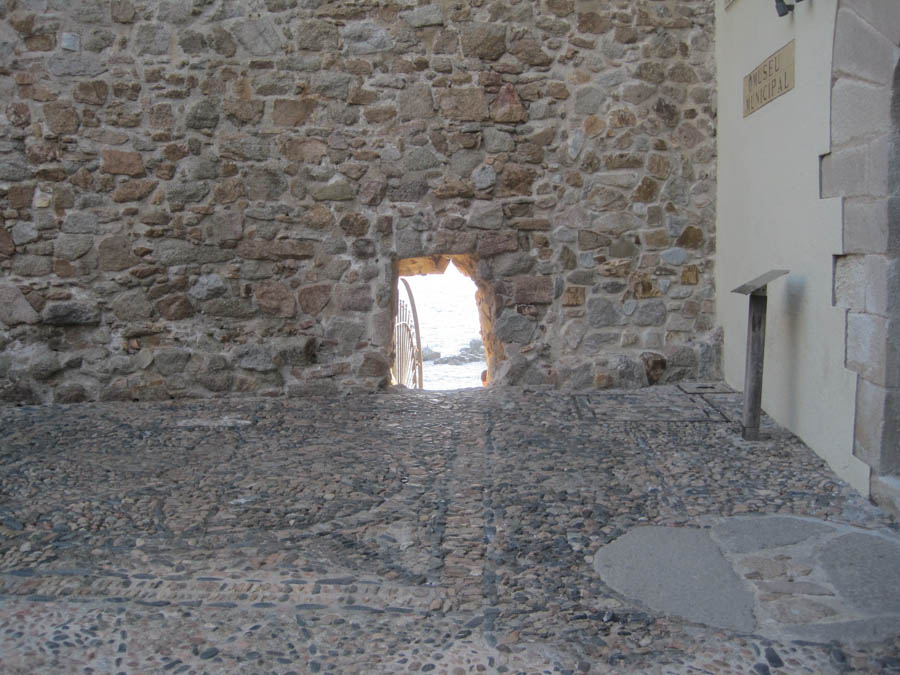
Can we escape here? Wonder where they got all the rocks?


Beaches and coves dot the shoreline for miles

We have escaped!
More restaurants dot the landscape
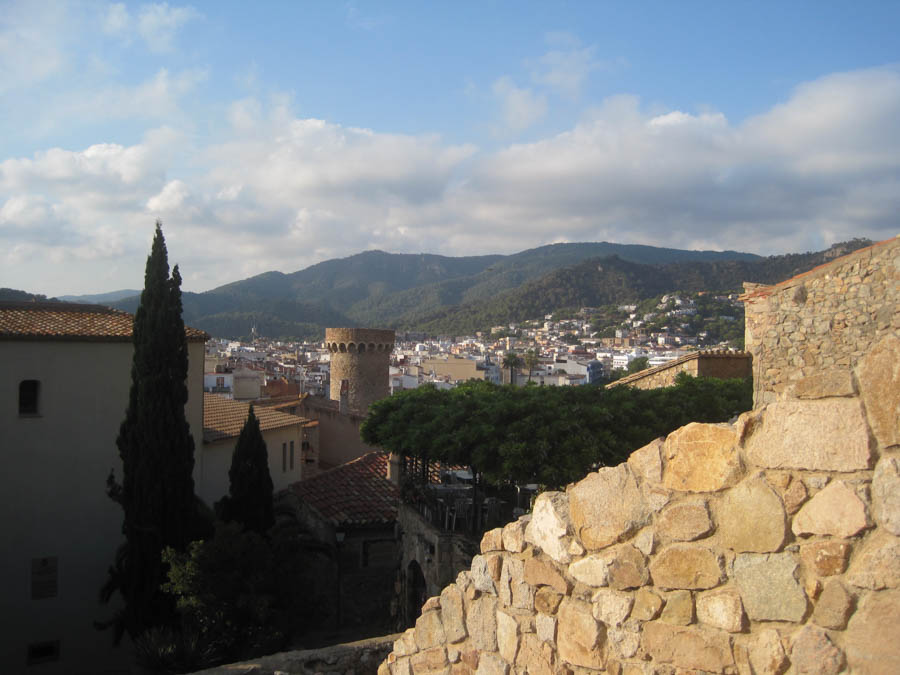
The city as seen from the top of the walled city tower
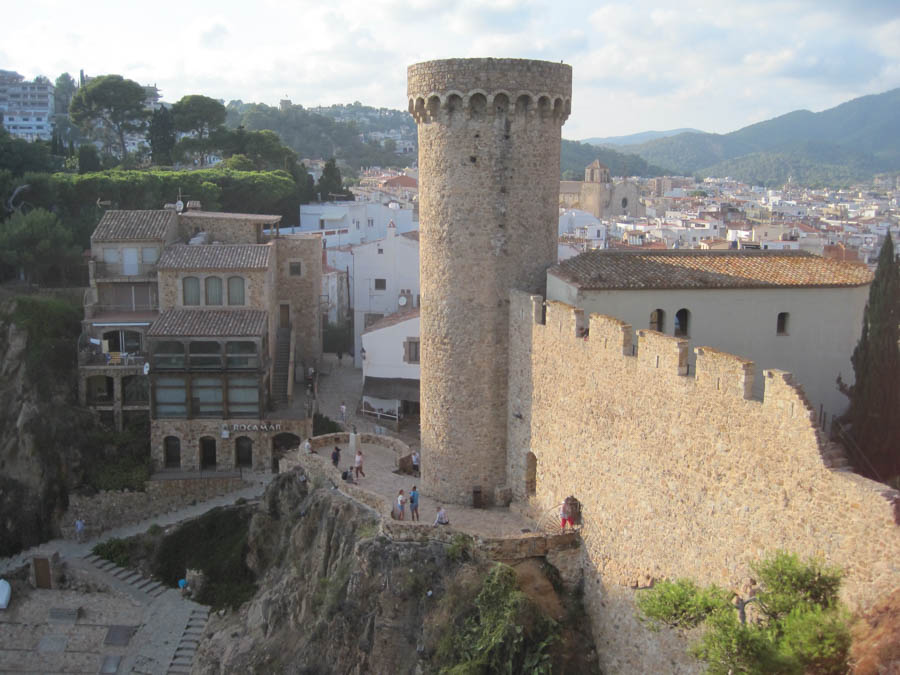
The people look like ants.... Oops, those are ants
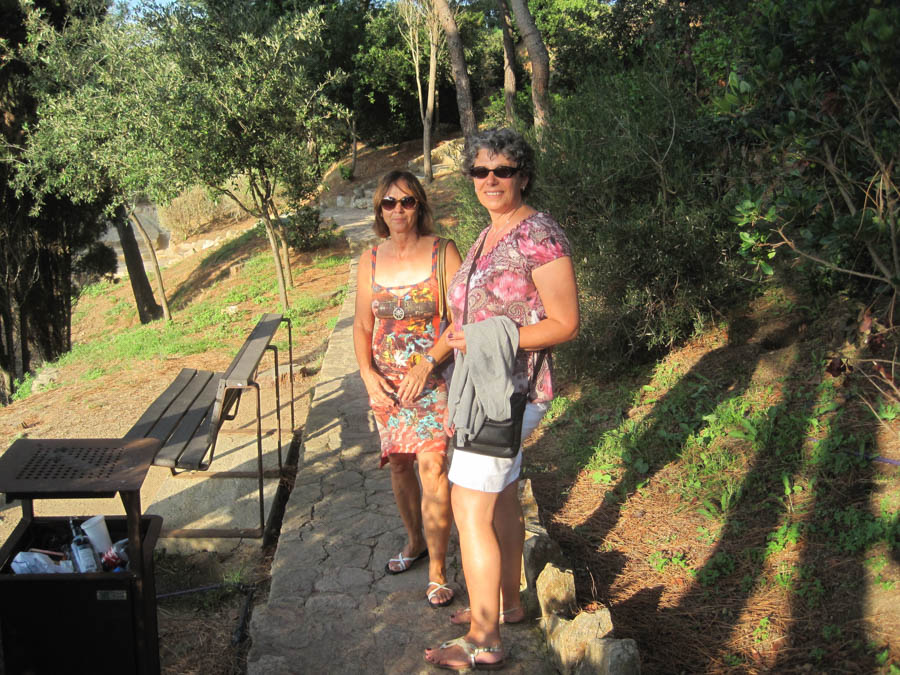
Karin and Kerstin lead the way.... Oh oh!
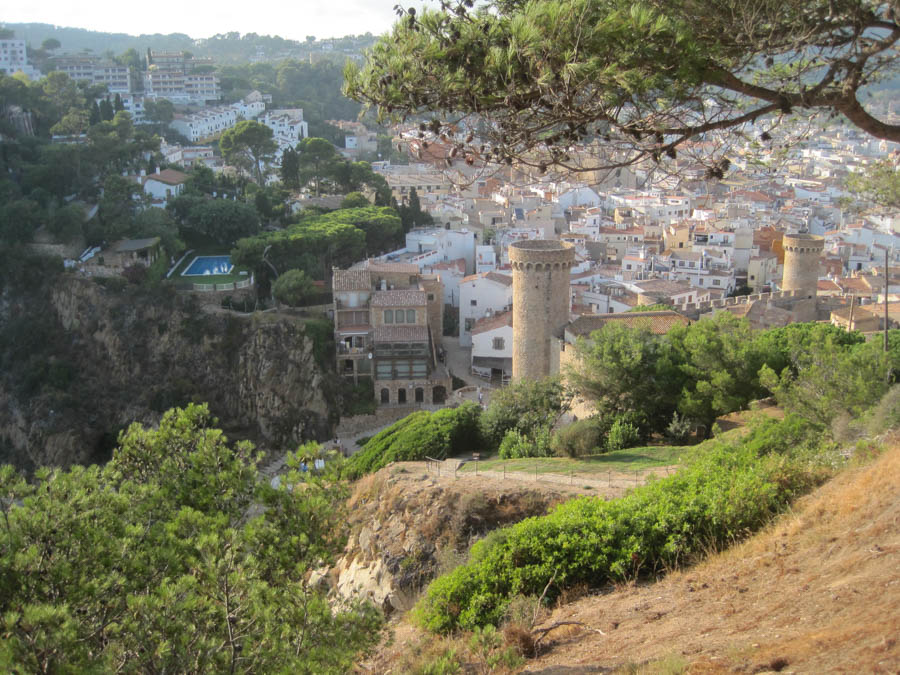
We must go to the top!
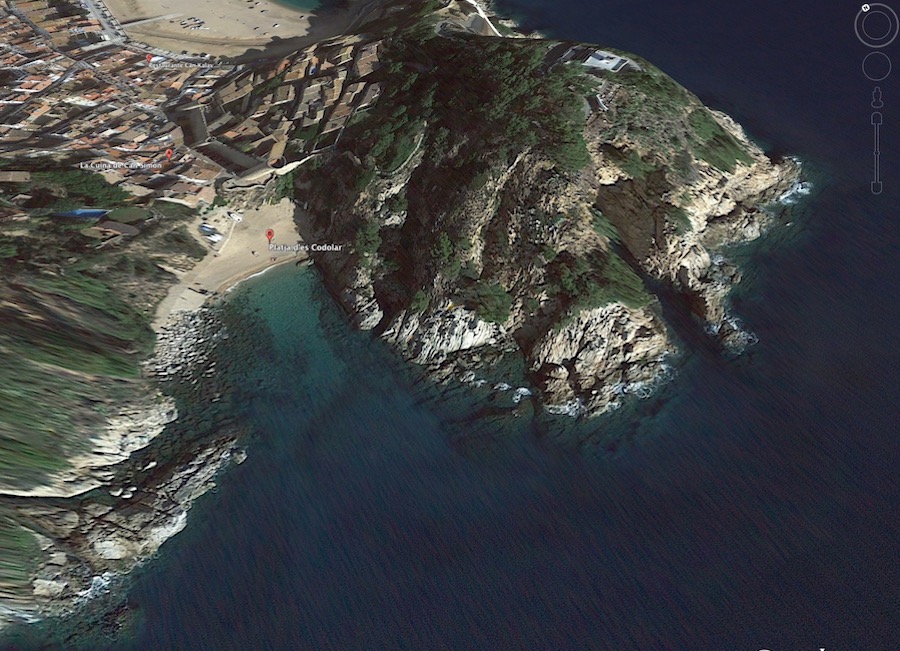
We should have been mountain goats
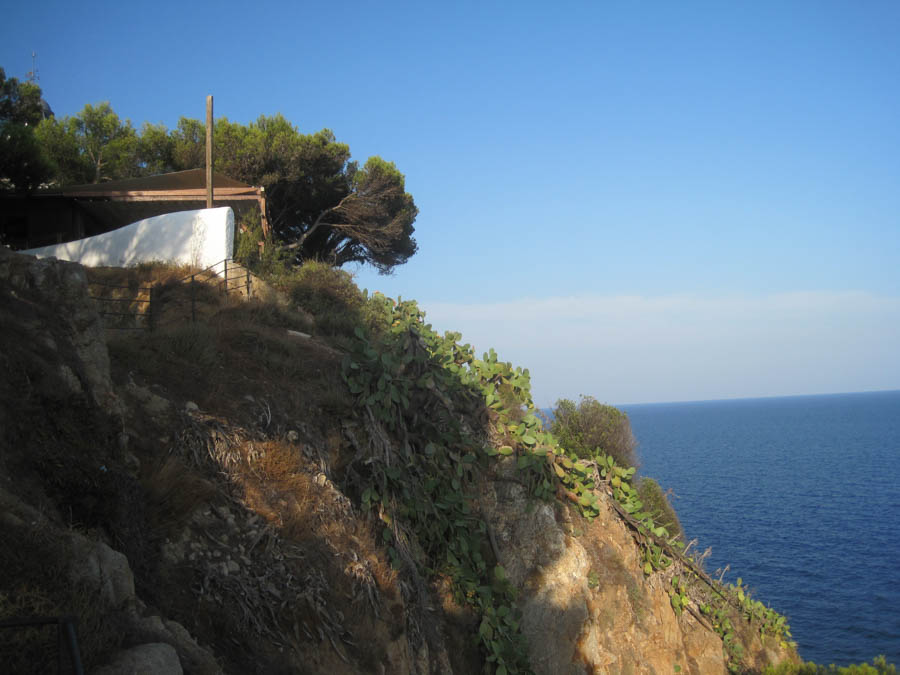
Our target is just a few hundred feet away
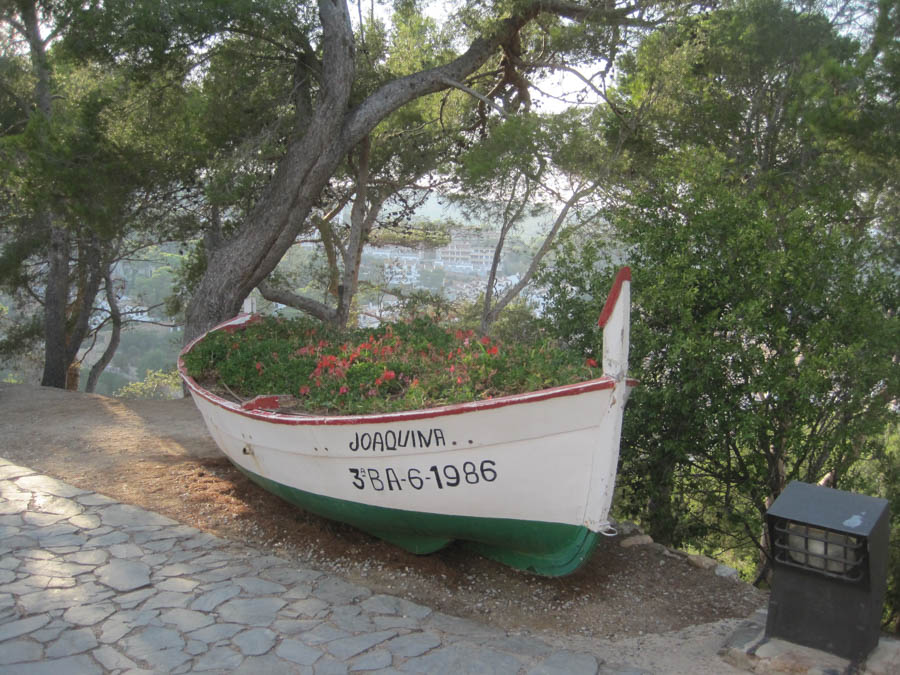
Seems to be a long way form the water!
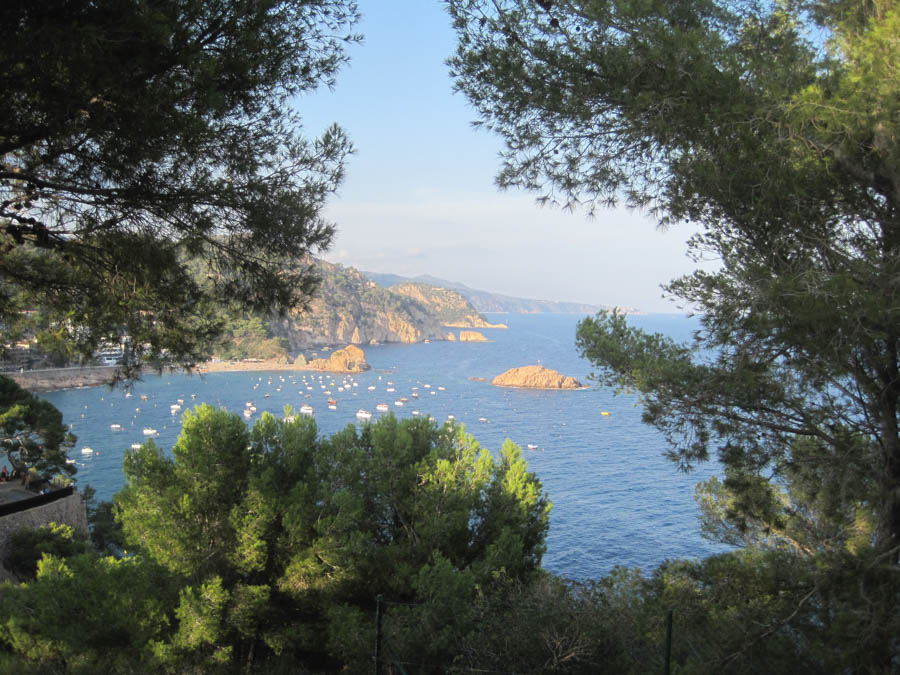
Tossa de Mar Bay
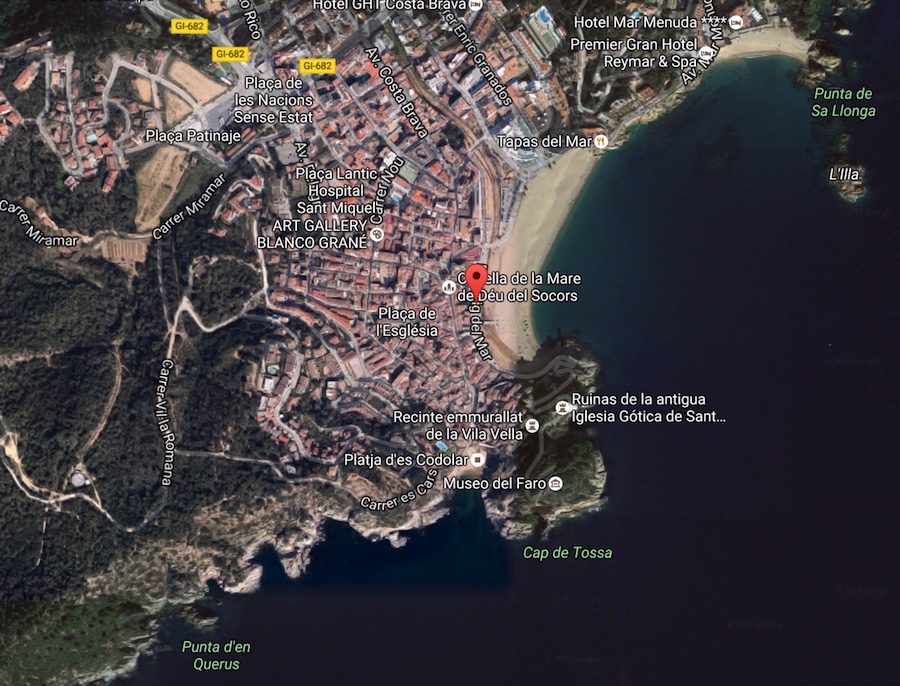

We made it to the lighthouse
Did You Know? - Sometime in the 12th century the mediaeval town was walled off and a castle was built on the highest point of Mt. Guardí, this castle was to be subsequently replaced by a wind mill, and this in turn by a lighthouse which is still operational.
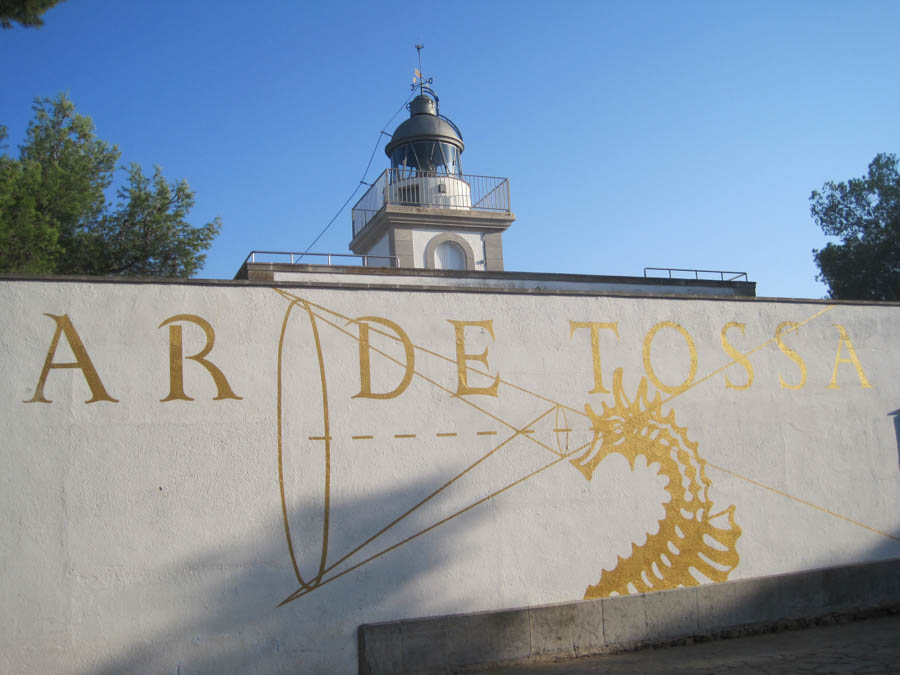
The lighthouse is now a visitors center
Did You Know? - Built in 1917, at the top of Tossa's Cape, the Lighthouse is today The Mediterranean Lighthouse Interpretation Centre. The innovative layout of his new audiovisual centre makes it a reference for those interested in gaining a deeper insight into the world of maritime signals, the history and technology of lighthouses as well as the life of the former lighthouse keepers. The museum area displays a collection of objects recalling this aspect of our maritime heritage.

Karin and Kerstin are claiming the table - It is time for some refreshments
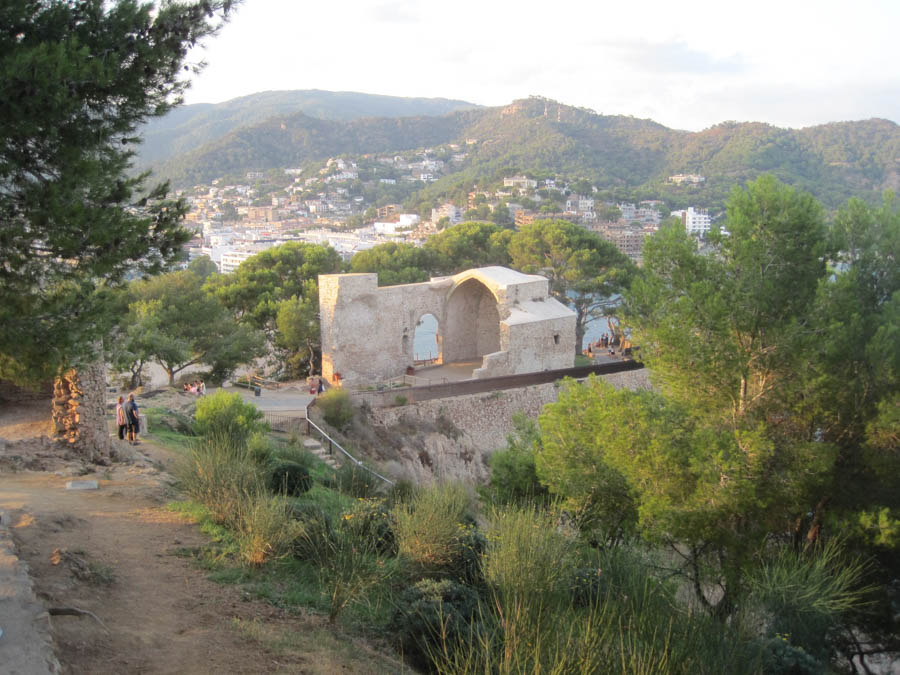
An old church still remains along the pathway to town

Costa Brava in the distance
Did You Know? - The Costa Brava ("Wild" or "Rough Coast") is a coastal region of northeastern Catalonia, consisting of Alt Empordà, Baix Empordà and Selva, in the province of Girona.
The Costa Brava stretches from Blanes, 60 km (37 mi) northeast of Barcelona, to the French border. In the 1950s, the Costa Brava was identified by the Spanish government and local entrepreneurs as being suitable for substantial development as a holiday destination, mainly for package holiday tourists from Northern Europe and especially the United Kingdom and France.
The combination of a very good summer climate, nature, excellent beaches and a favourable foreign exchange rate, which made Costa Brava a relatively inexpensive tourist destination, was exploited by the construction of large numbers of hotels and apartments in such seaside resorts as Blanes, Tossa de Mar and Lloret de Mar. Tourism rapidly took over from fishing as the principal business of the area.

Tossa is surrounded by mountains

We return to the walled city
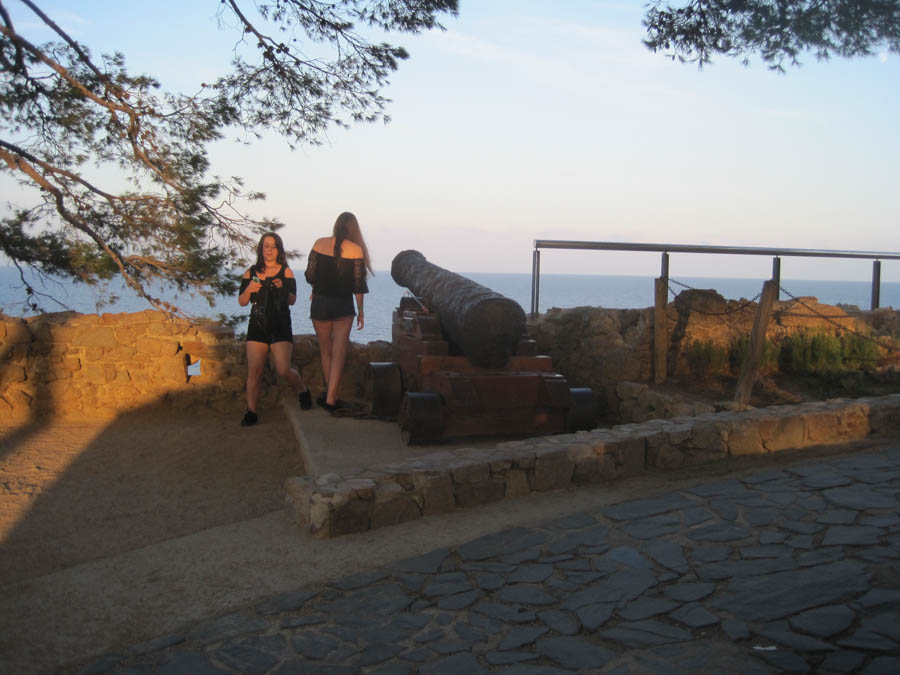
The cannon protected the city in the olden days!

The coastline is beautiful

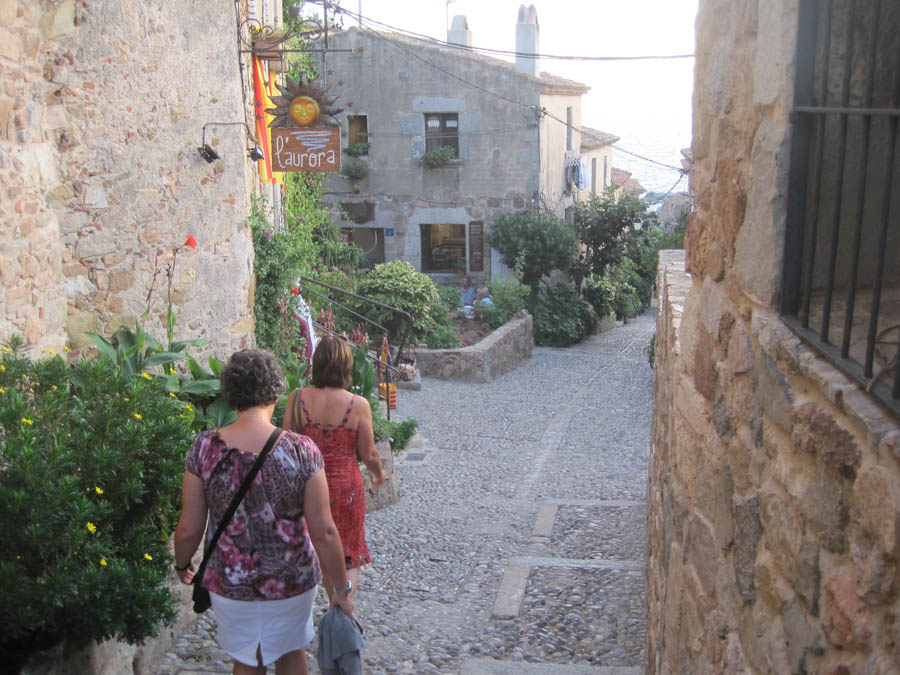
"I need some Tapas... How about you?"

Time for Tapa's!
Did You Know? - Tapas are a wide variety of appetizers, or snacks, in Spanish cuisine. They may be cold (such as mixed olives and cheese) or hot (such as chopitos, which are battered, fried baby squid). In select bars in Spain, tapas have evolved into an entire, sophisticated cuisine. In Spain, patrons of tapas can order many different tapas and combine them to make a full meal. In some Central American countries, such snacks are known as bocas. In Mexico, similar dishes are called "botanas".
The serving of tapas is designed to encourage conversation, because people are not so focused upon eating an entire meal that is set before them.[citation needed] Also, in some countries it is customary for diners to stand and move about while eating tapas.
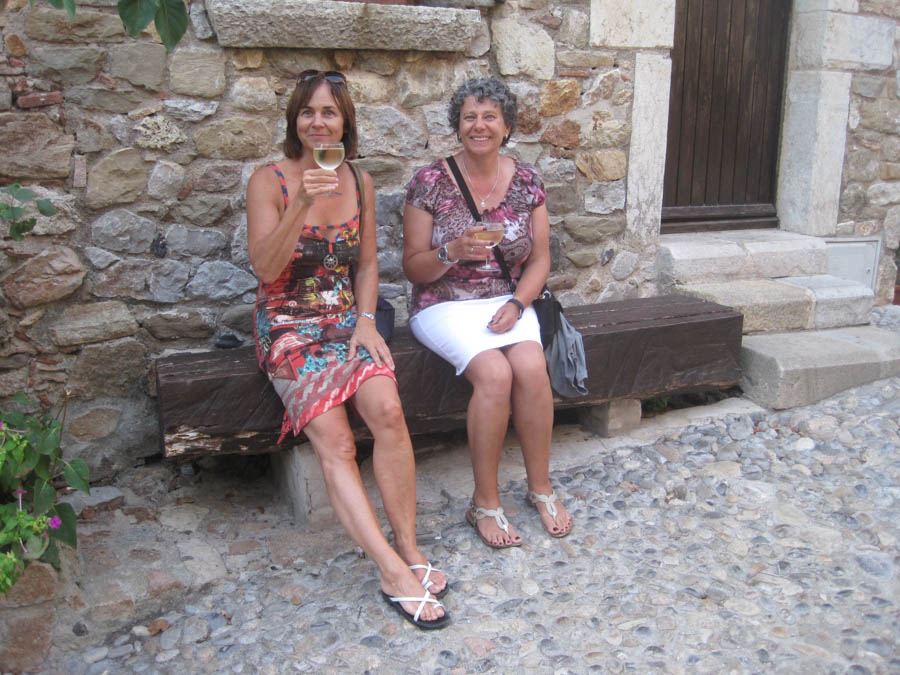
Karin and Kerstin waiting for a table
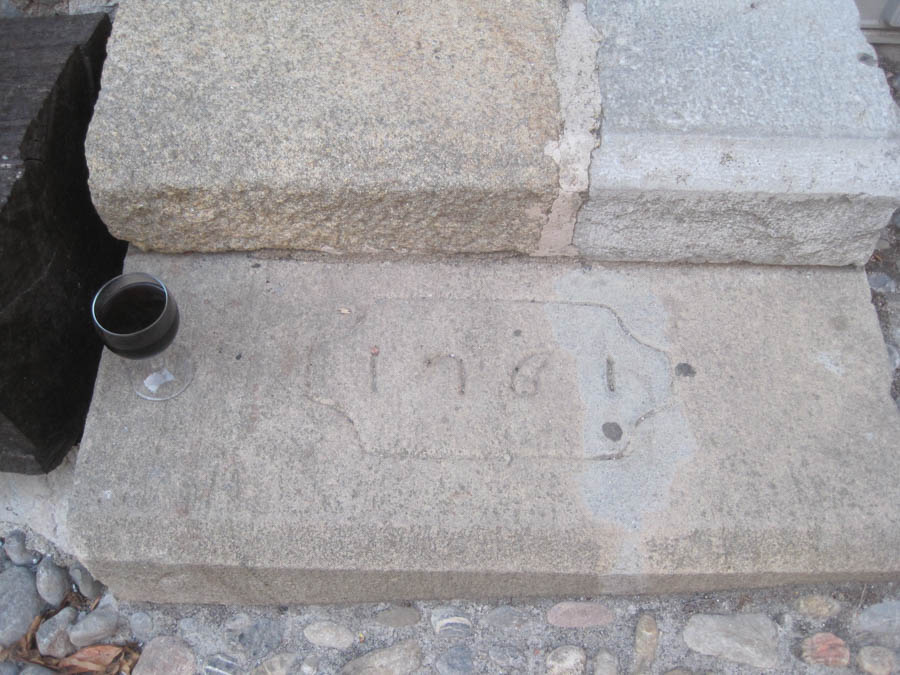
These stairs are old - Date from 1761

While waiting for a table you can make purchases of vital things
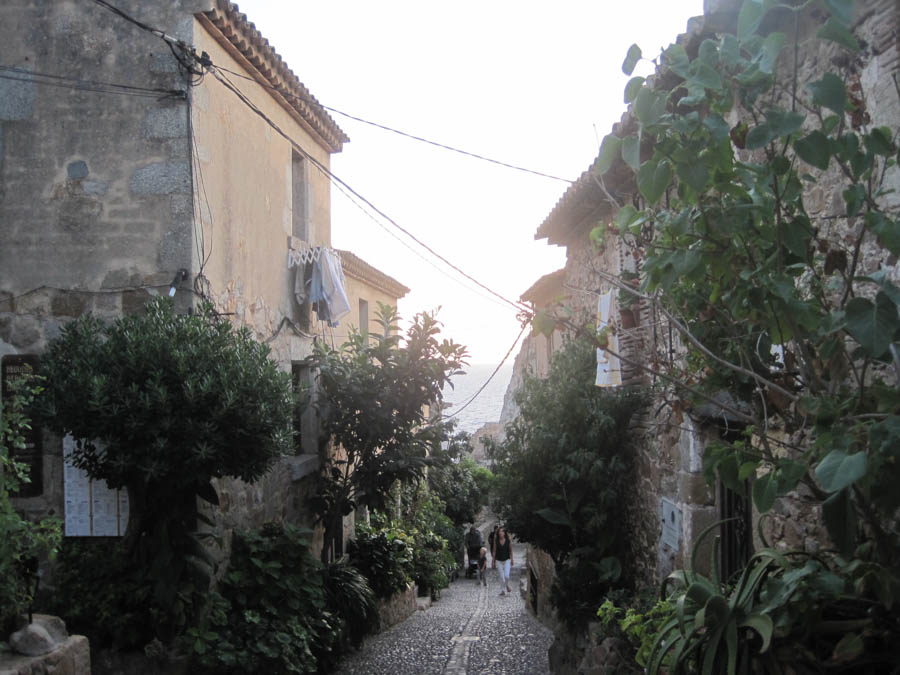
Cobblestone streets are everywhere
Did You Know? -
Cobblestone is a natural building material based on cobble-sized stones, and is used for pavement roads, streets, and buildings.
In England, it was commonplace since ancient times for flat stones with a flat narrow edge to be set on edge to provide an even paved surface.
This was known as a 'pitched' surface and was common all over Britain, as it did not require rounded pebbles. Pitched surfaces predate the use of regularly-sized granite setts by more than a thousand years.
Such pitched paving is quite distinct from that formed from rounded stones, although both forms are commonly referred to as 'cobbled' surfaces. Most surviving genuinely old 'cobbled' areas are in reality pitched surfaces.
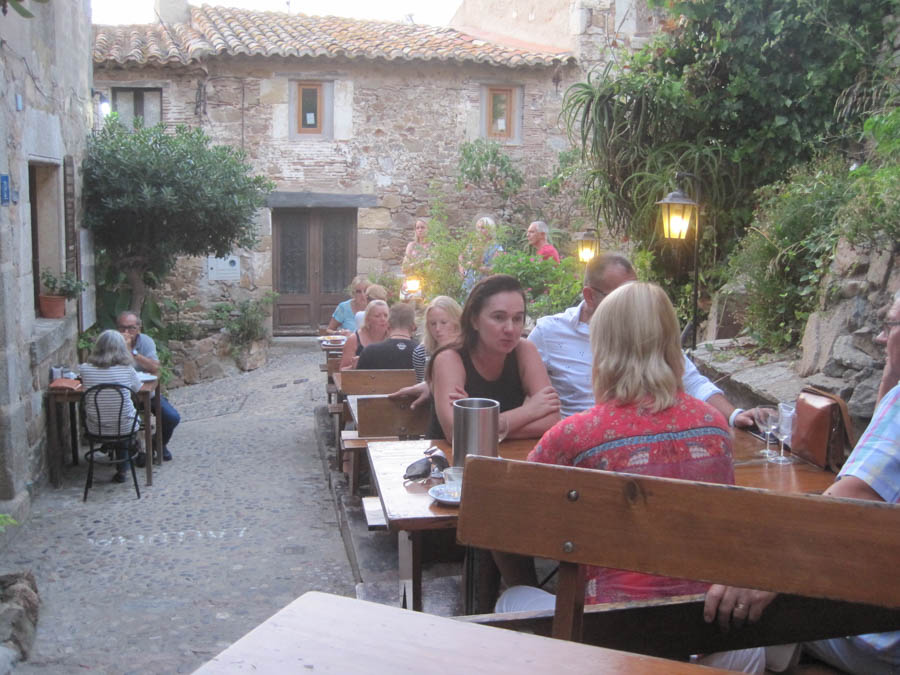
We are waiting for Reinhard and Rainer

Rainer made it from HH

Great meal with friends

The food was spectacular (once we put sauerkraut on it)

It's getting late... Must head for home
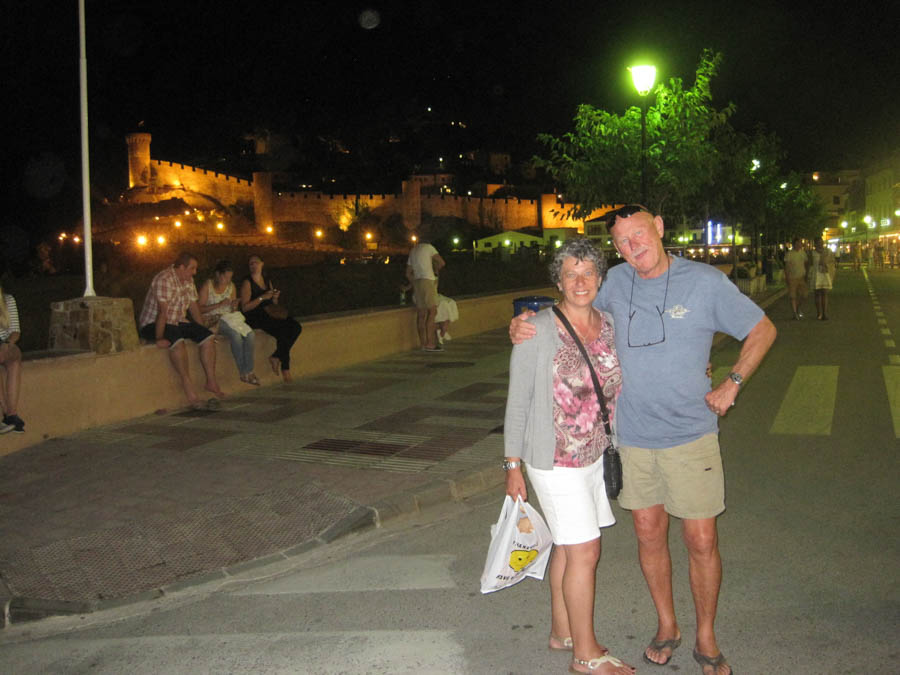
We are saying adios to Spain... We are off to Hamburg in the morning
(
a ("to, with") Dios ("God"), from Latin ad ("to") + deus ("God");
compare French adieu, Italian addio, Portuguese adeus, Catalan adéu)
Did You Know? - Barcelona is located in Spain with (41.3888,2.159) coordinates and Hamburg is located in Germany with (53.5753,10.0153) coordinates. The calculated flying distance from Barcelona to Hamburg is equal to 917 miles which is equal to 1476 km.
